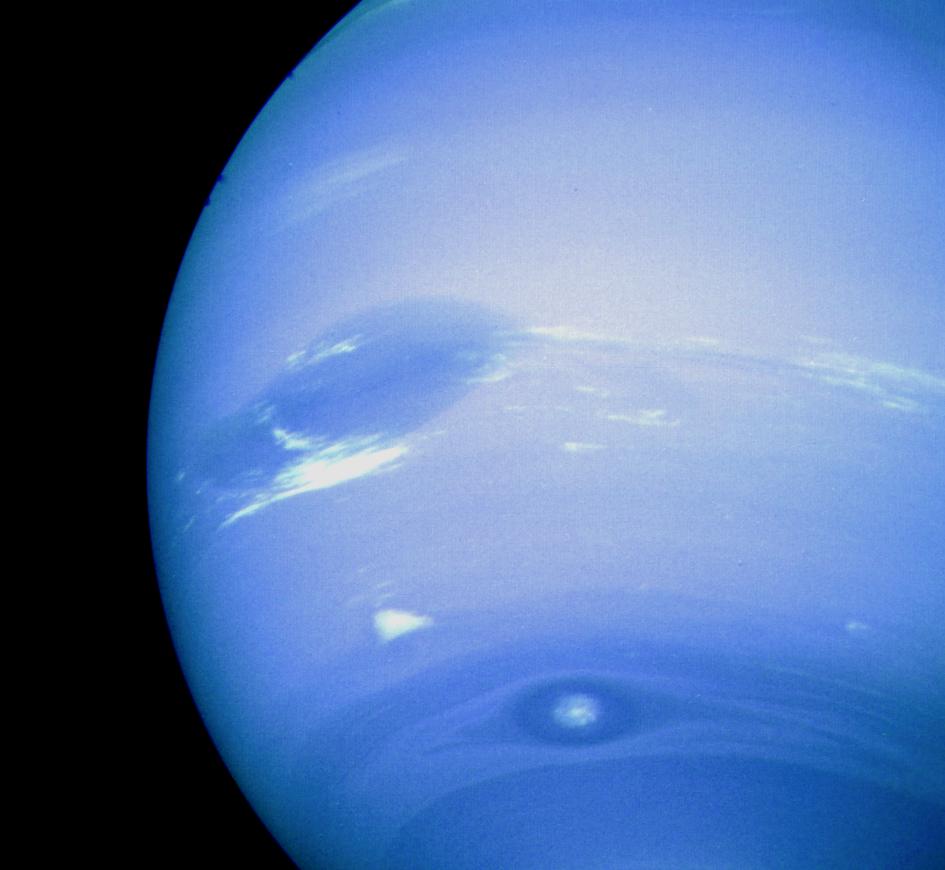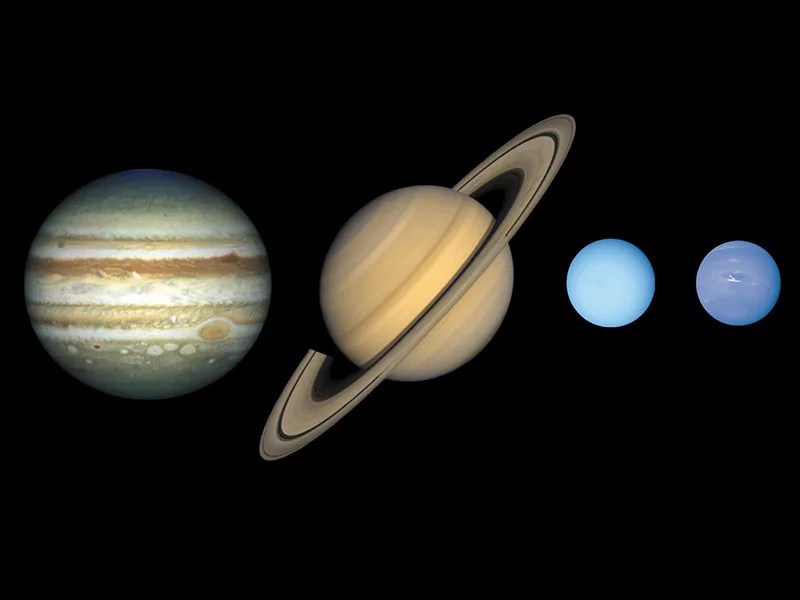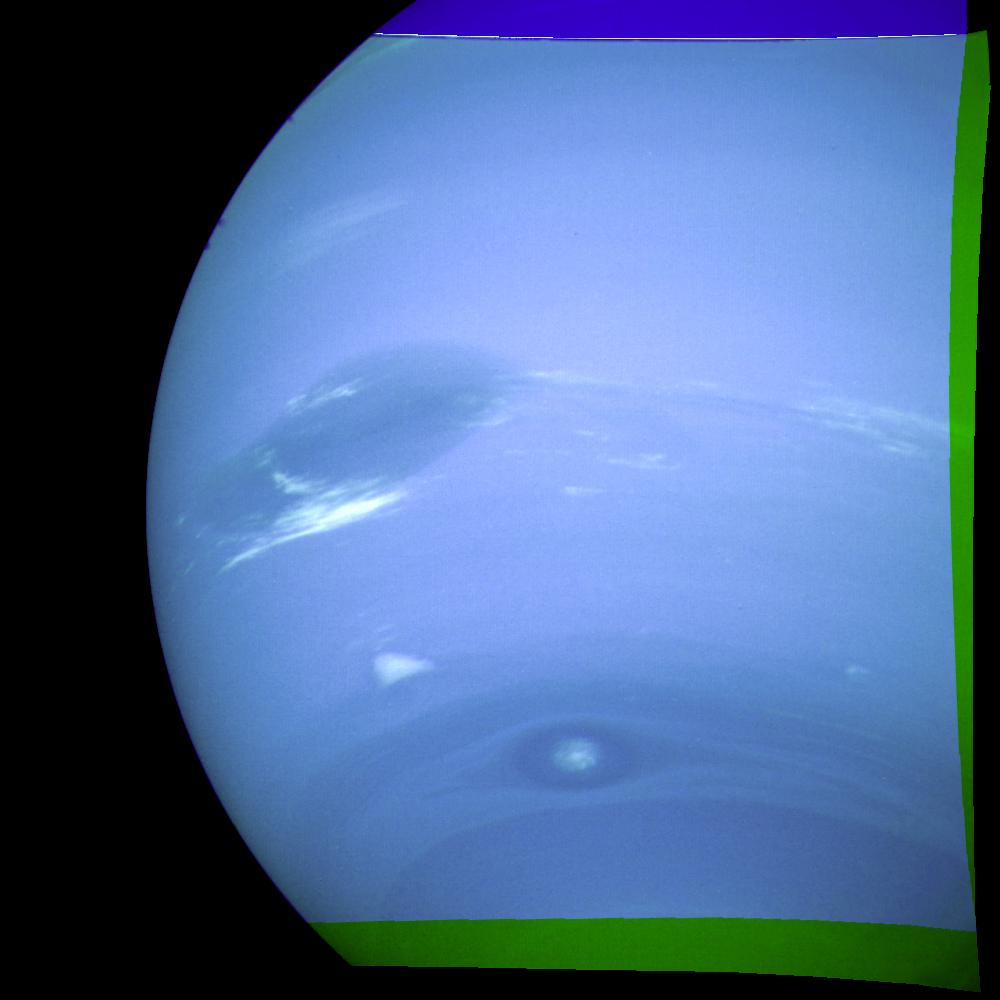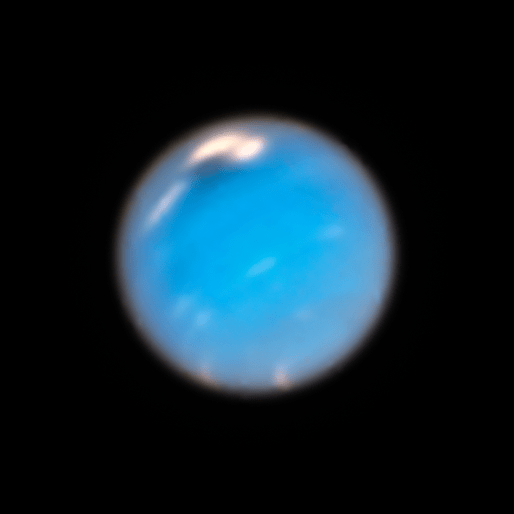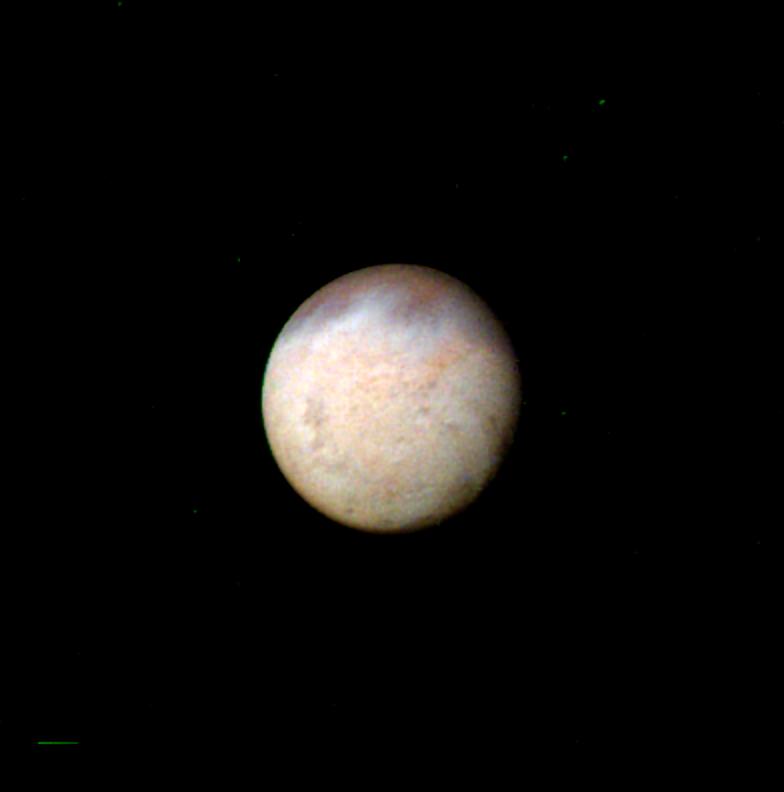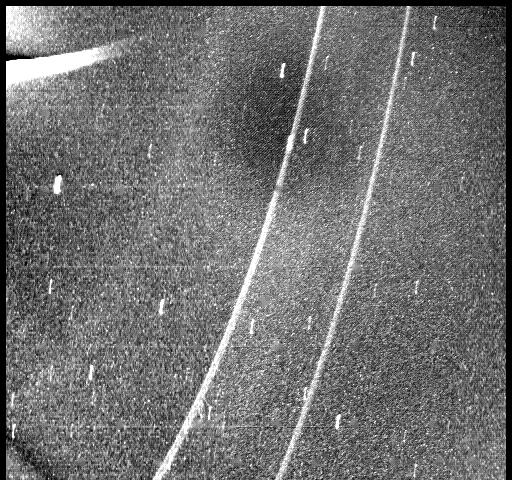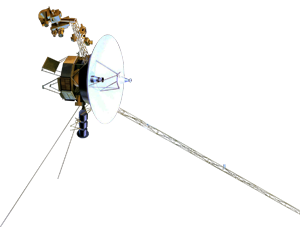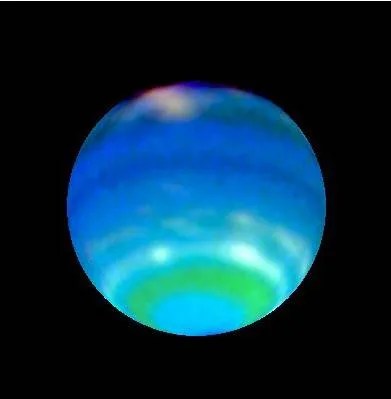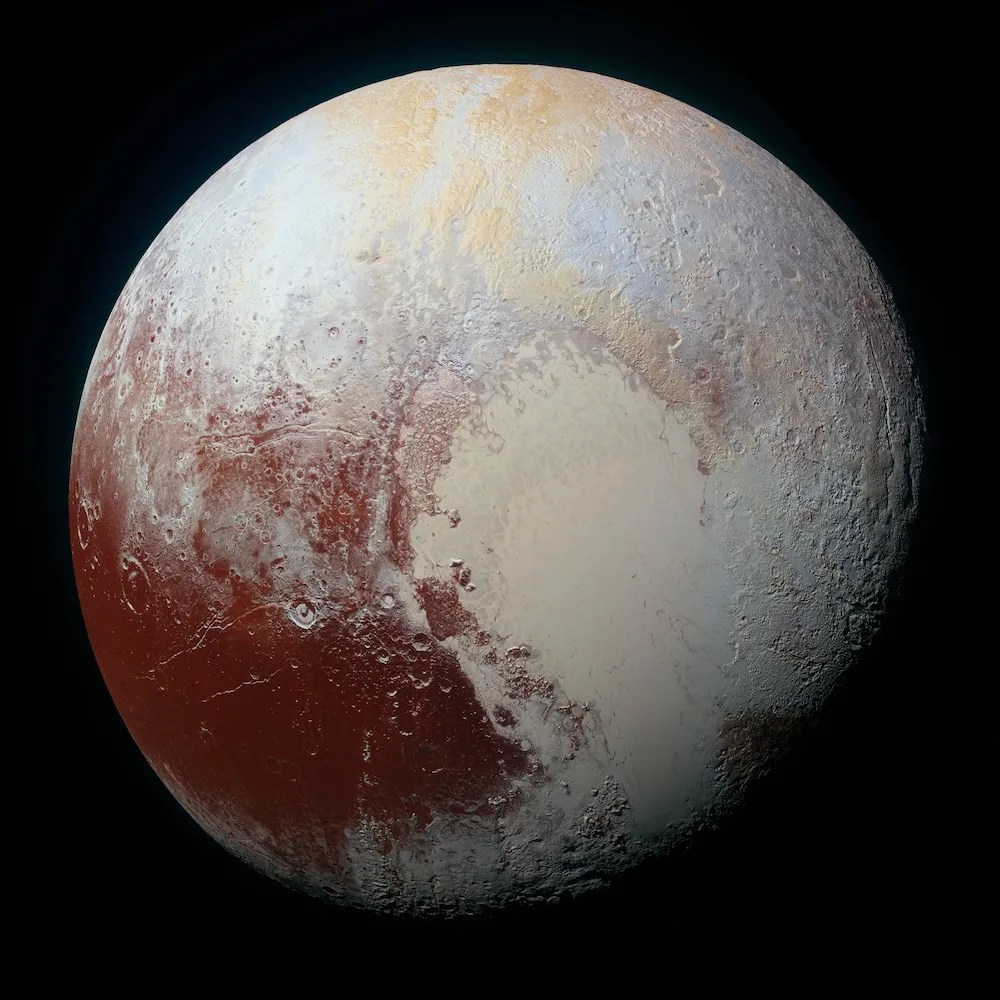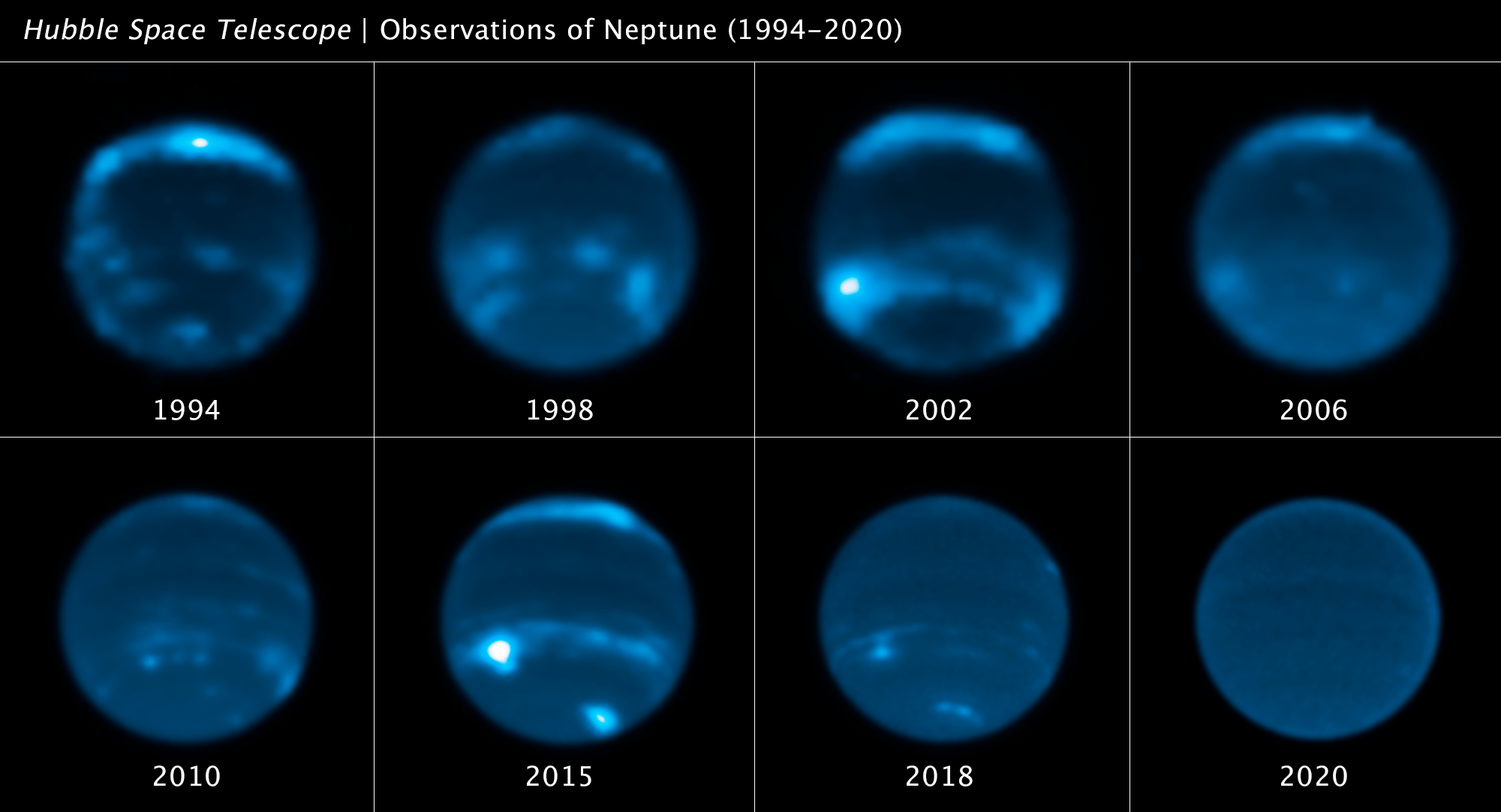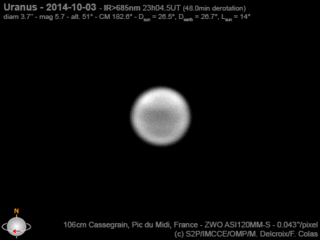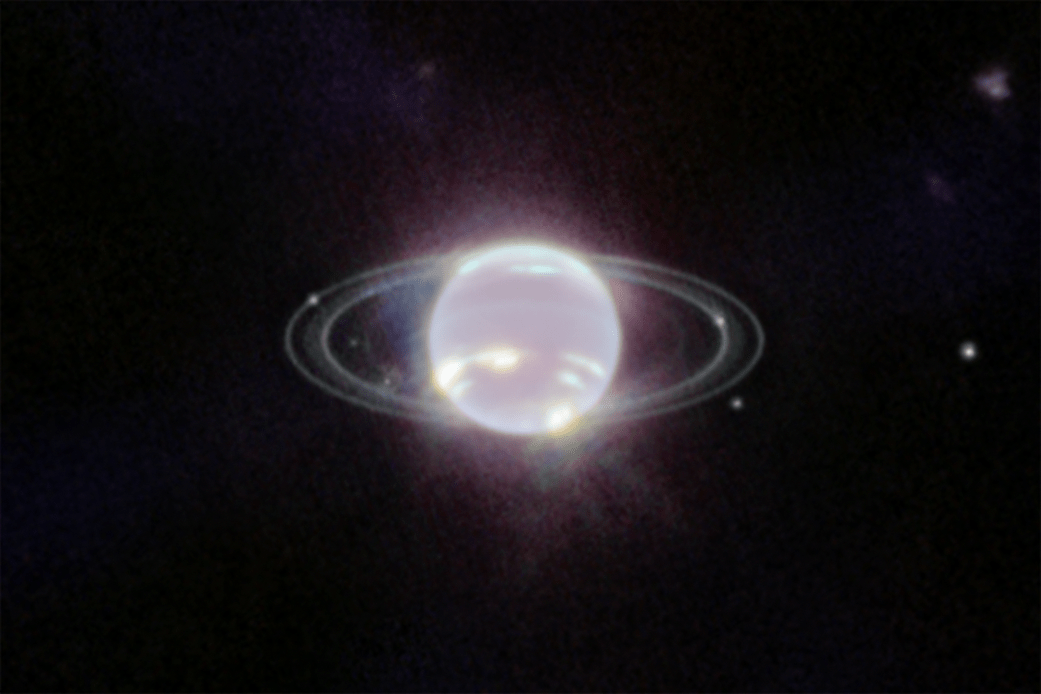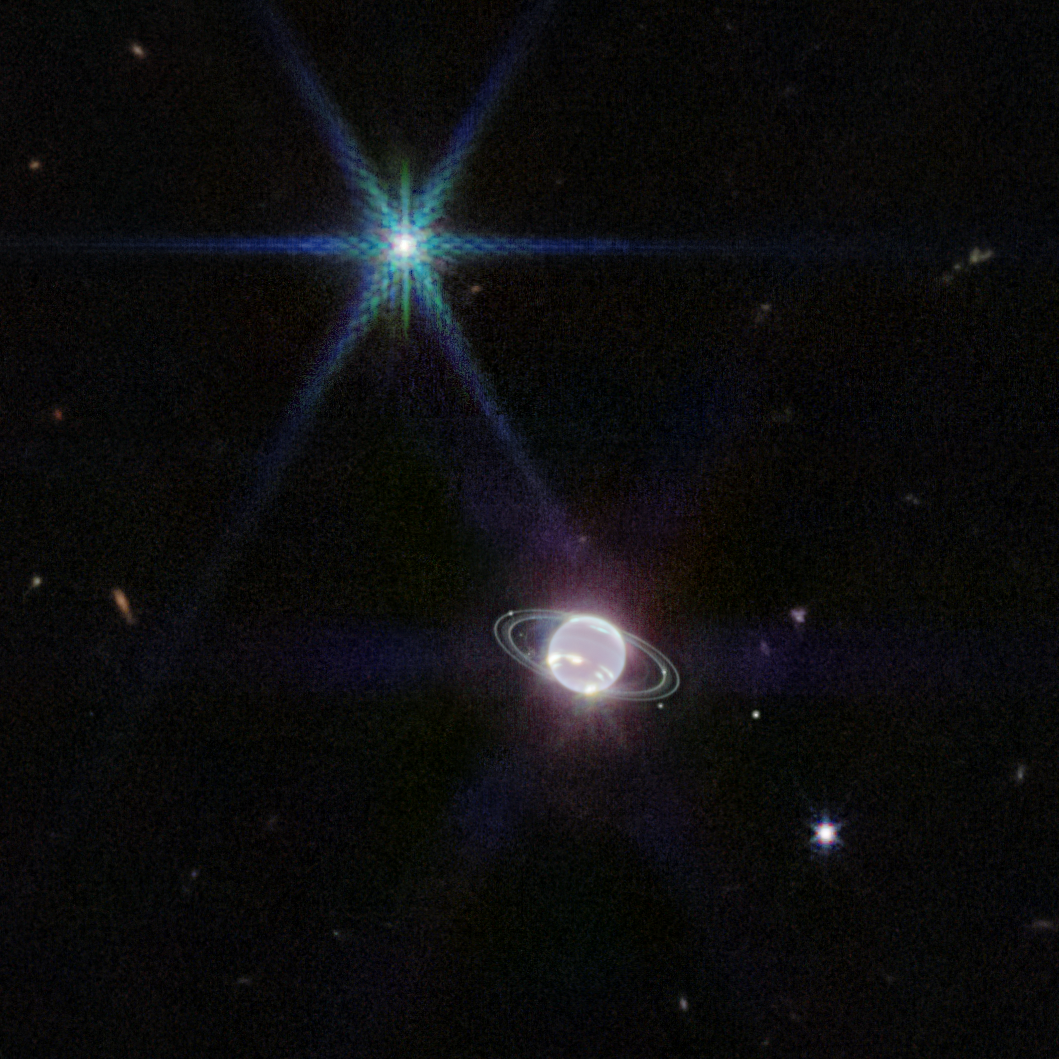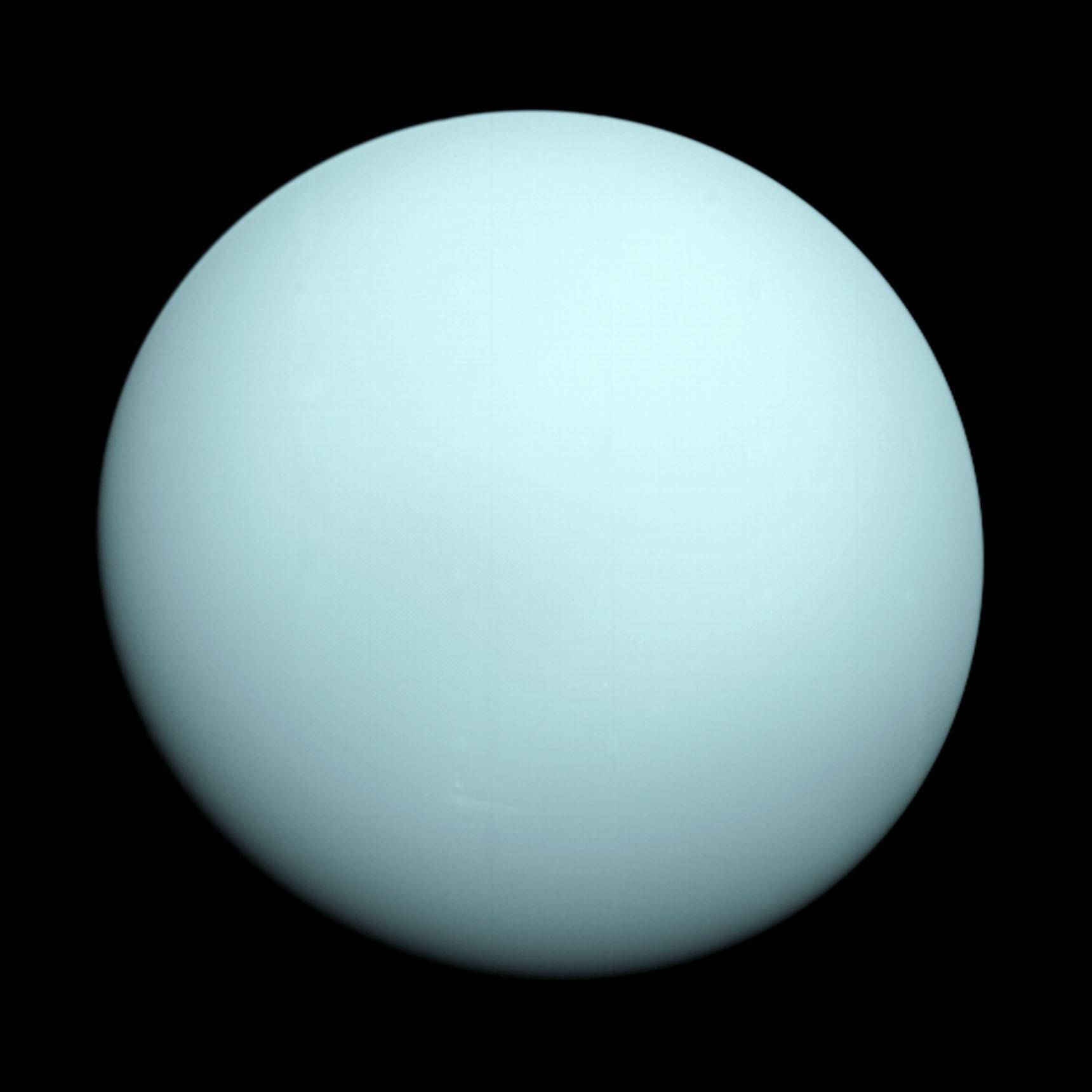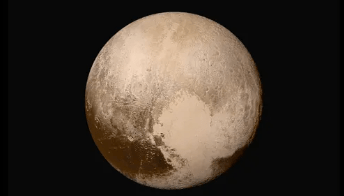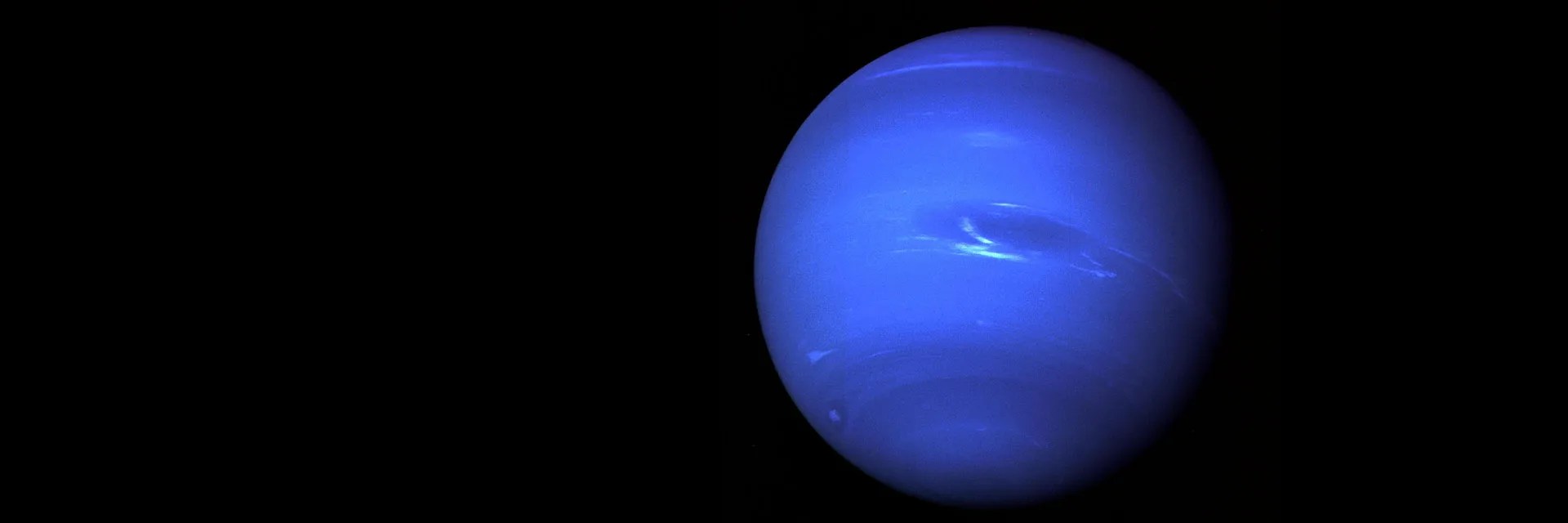
Neptune
Neptune is the eighth, and most distant planet from the Sun. It’s the fourth-largest, and the first planet discovered with math.
All About Neptune
Planet Neptune Overview
Dark, cold and whipped by supersonic winds, giant Neptune is the eighth and most distant major planet orbiting our Sun. More than 30 times as far from the Sun as Earth, Neptune is not visible to the naked eye. In 2011, Neptune completed its first 165-year orbit since its discovery.
The planet’s rich blue color comes from methane in its atmosphere, which absorbs red wavelengths of light, but allows blue ones to be reflected back into space.
Neptune was the first planet located through mathematical calculations. Using predictions sent to him by French astronomer Urbain Le Verrier, based on disturbances in the orbit of Uranus, German astronomer Johann Galle was the first to observe the planet in 1846. The planet is named after the Roman god of the sea, as suggested by Le Verrier.
Pop Culture
Even though Neptune is the farthest planet from our Sun, it's a frequent stop in pop culture and fiction. The planet served as the backdrop for the 1997 science fiction horror film "Event Horizon," while in the cartoon series "Futurama," the character Robot Santa Claus has his home base on Neptune's north pole. "Dr. Who" fans will remember that an episode entitled "Sleep No More" is set on a space station orbiting Neptune. And in the "Star Trek: Enterprise" pilot episode, "Broken Bow," viewers learn that at warp 4.5 speed, it is possible to fly to Neptune and back to Earth in six minutes.

